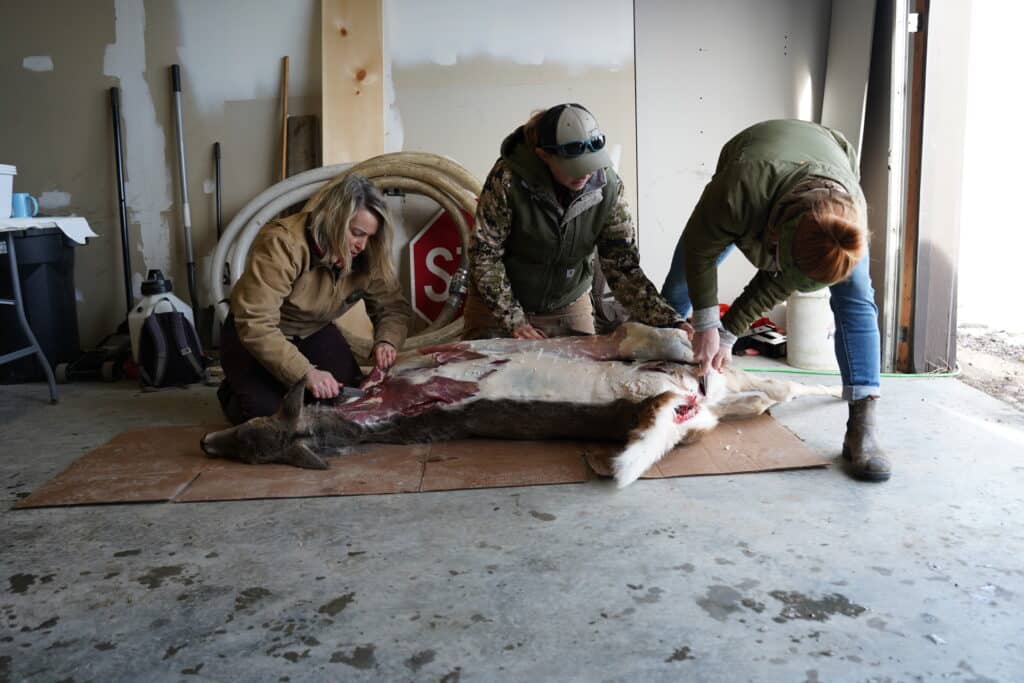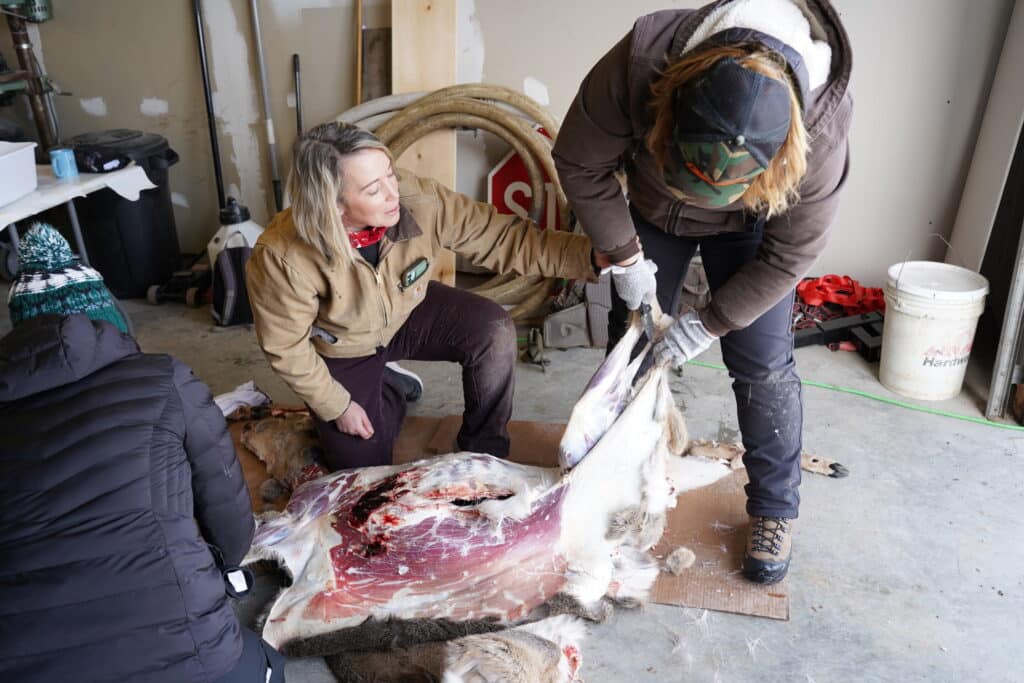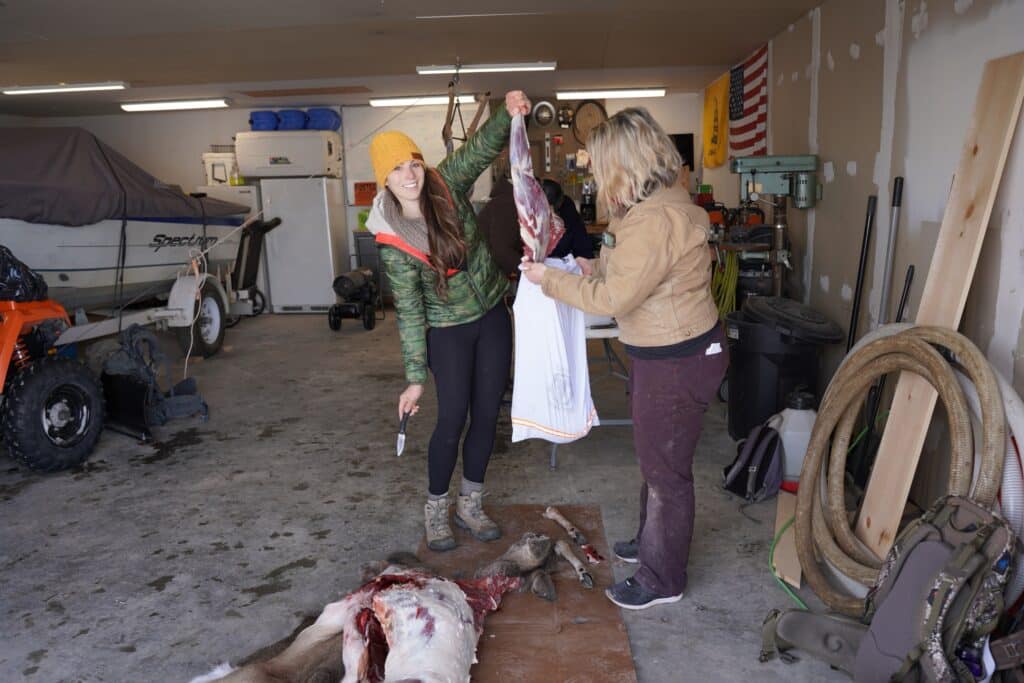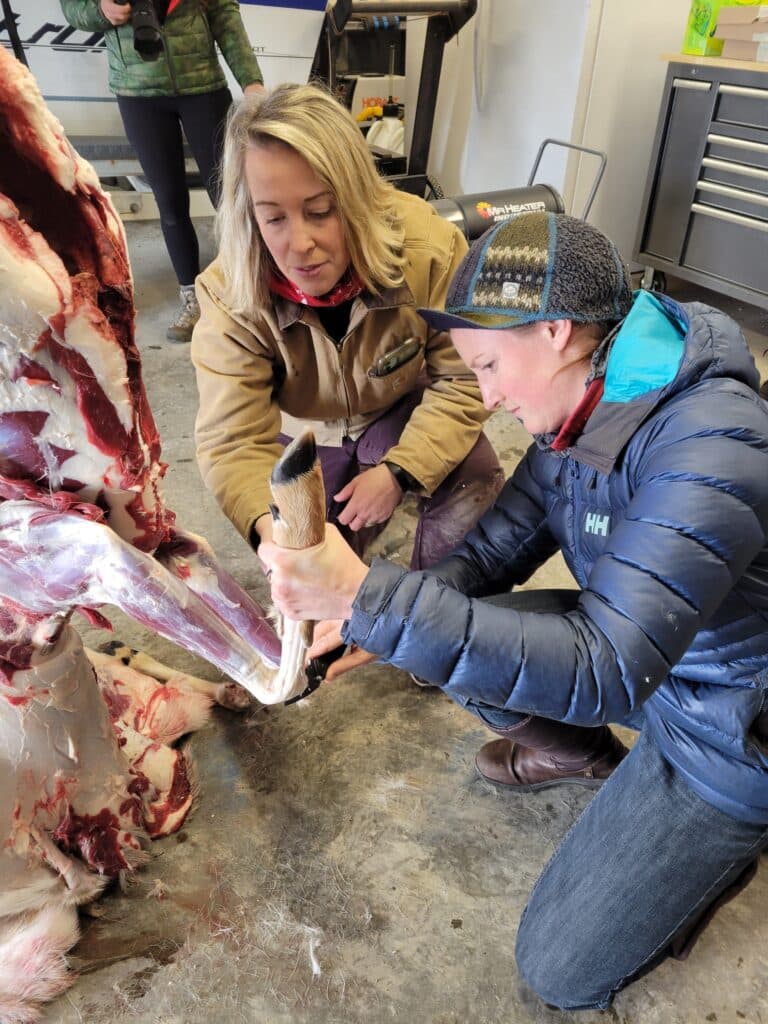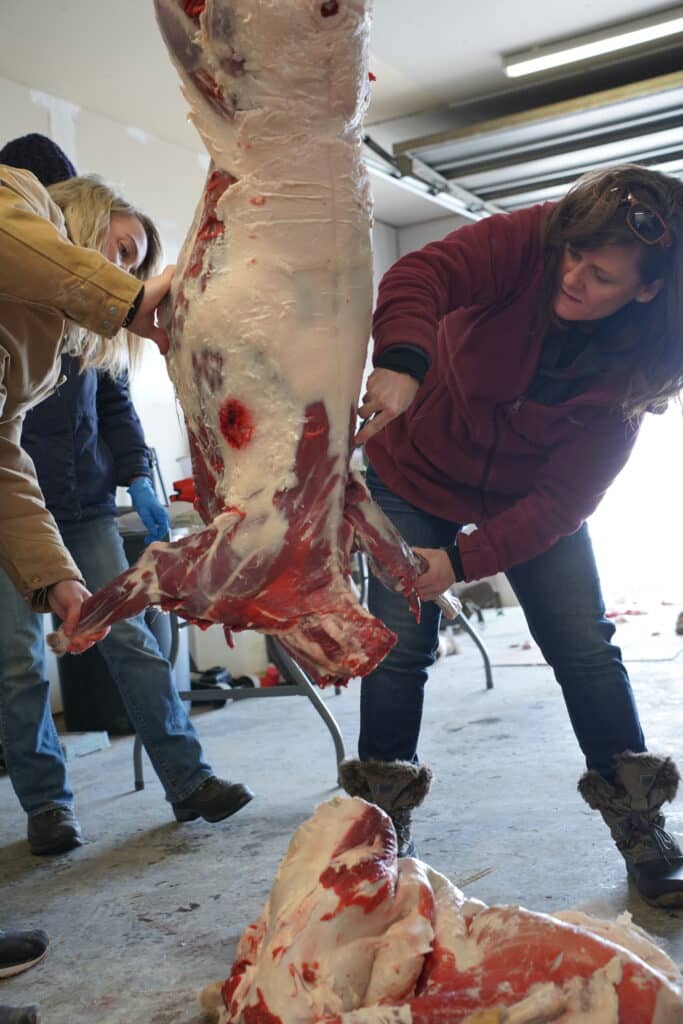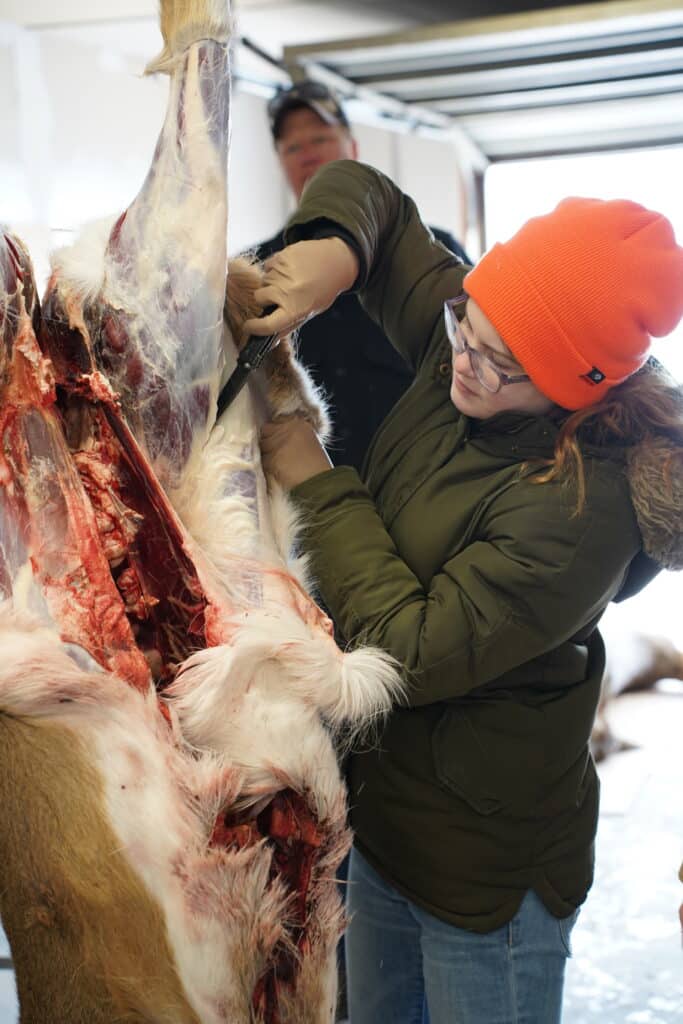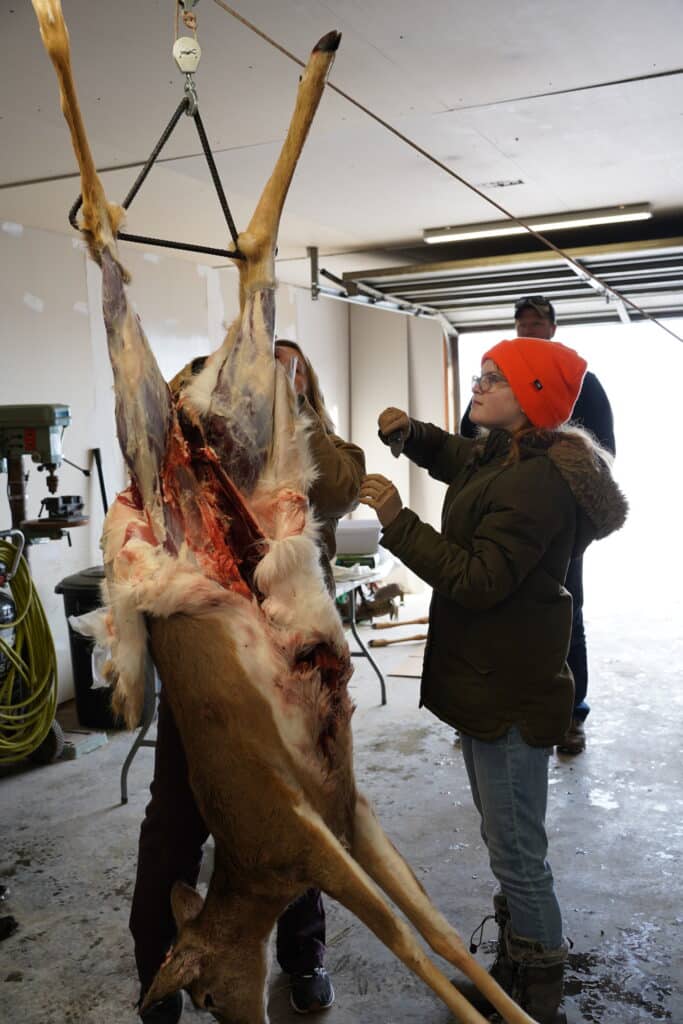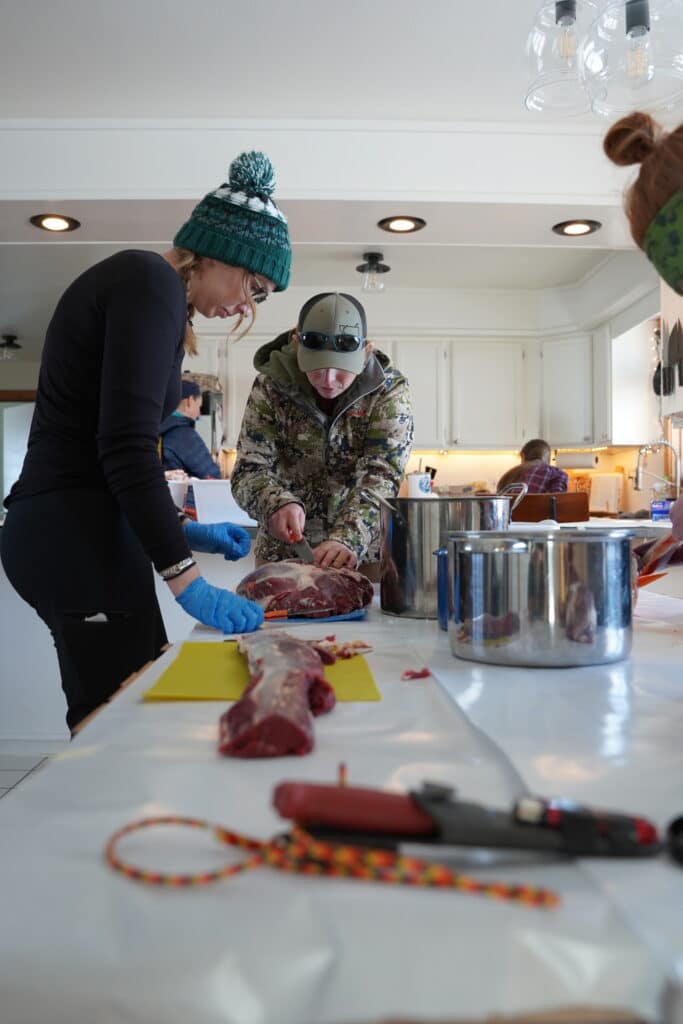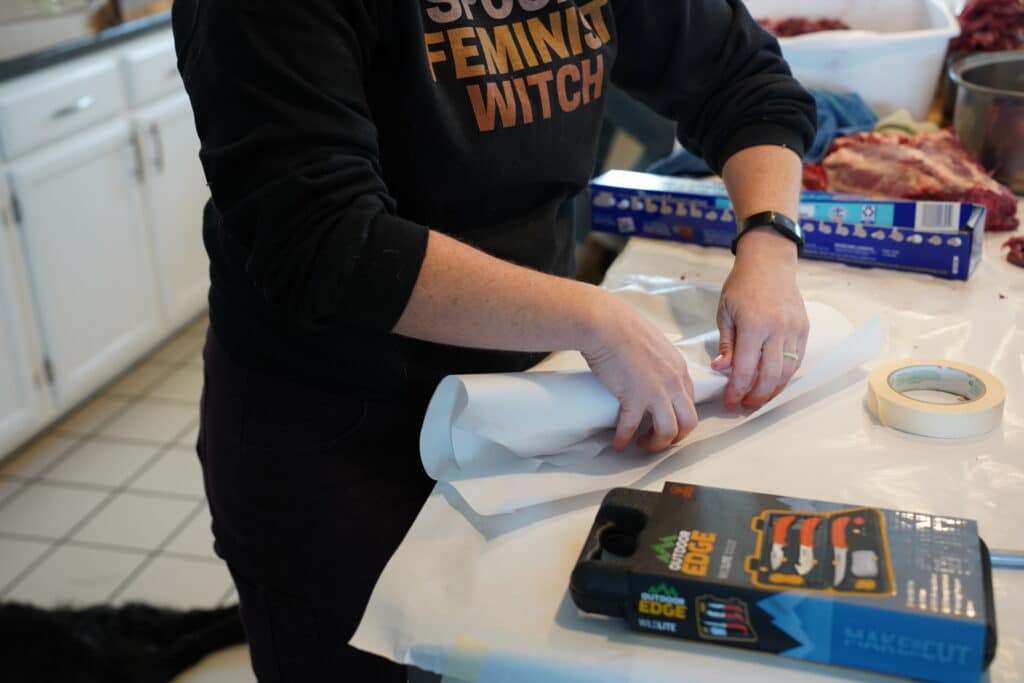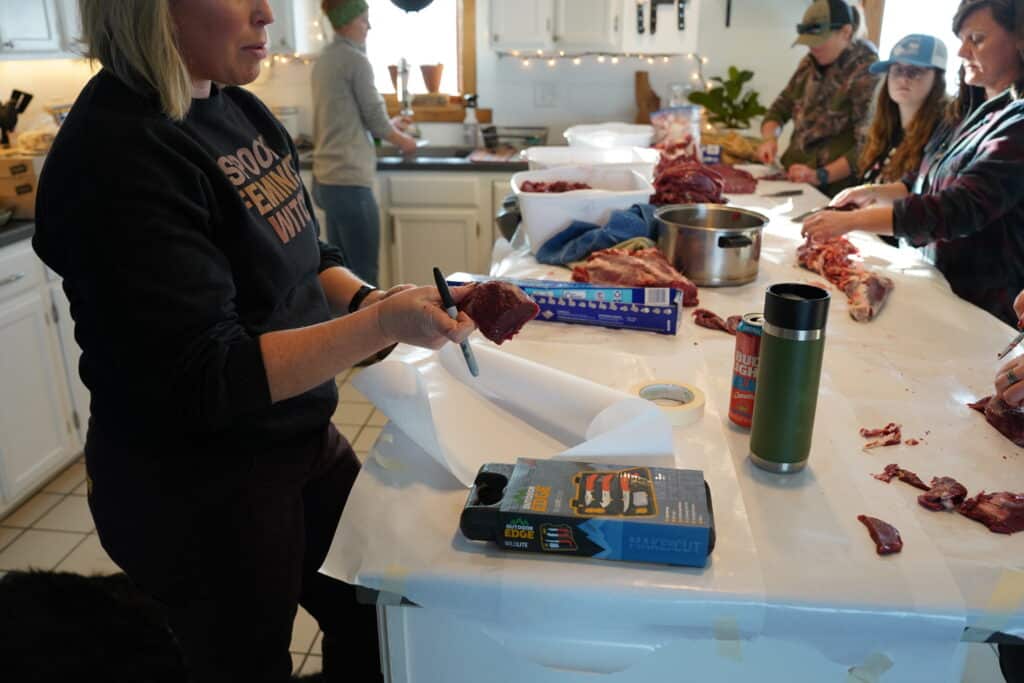By North-Central/Eastern Montana Field Coordinator Morgan Marks.
Learn about prairie stream restoration and how it can improve drought-resilience, forage, and wildlife habitats on rangelands during a free workshop on Saturday, May 6, from 9 a.m. to 4 p.m., at the Winifred Town Hall and Museum, 210 Main Street, in Fergus County, Montana.
The Montana Wildlife Federation; Bureau of Land Management, Montana-Dakotas; and the National Wildlife Federation, Northern Rockies and Prairies; will host the one-day workshop, which includes lunch and a field trip to see a nearby recently completed restoration project.
“Landowners, farmers, ranchers and even the general public who want to learn more about stream restoration are welcome to attend,” said Morgan Marks, north-central field representative for the Montana Wildlife Federation. “Keeping water on the land for longer can support range health and increase forage availability over time thus helping to mitigate impacts of drought. Low-technology practices use materials already on the landscape to restore riparian areas and can be a cost-effective method to achieve lasting results.”
The workshop will feature several organizations, landowners, and agencies presenting project stories, resources, and other information that can support the implementation of prairie stream restoration projects.
Participating organizations include Winnett ACES, Montana Freshwater Partners, Northern Great Plains Joint Venture, National Resources Conservation Service, World Wildlife Fund, Pheasants Forever, Montana Conservation Corps, One Montana, and Montana Audubon.
To register, or if you have questions, please email Morgan Marks at morgan@mtwf.org, or call her at 406-403-4464. Please, register to attend by Monday, May 1, so event planners can make sure there will be enough lunch for all attendees.

